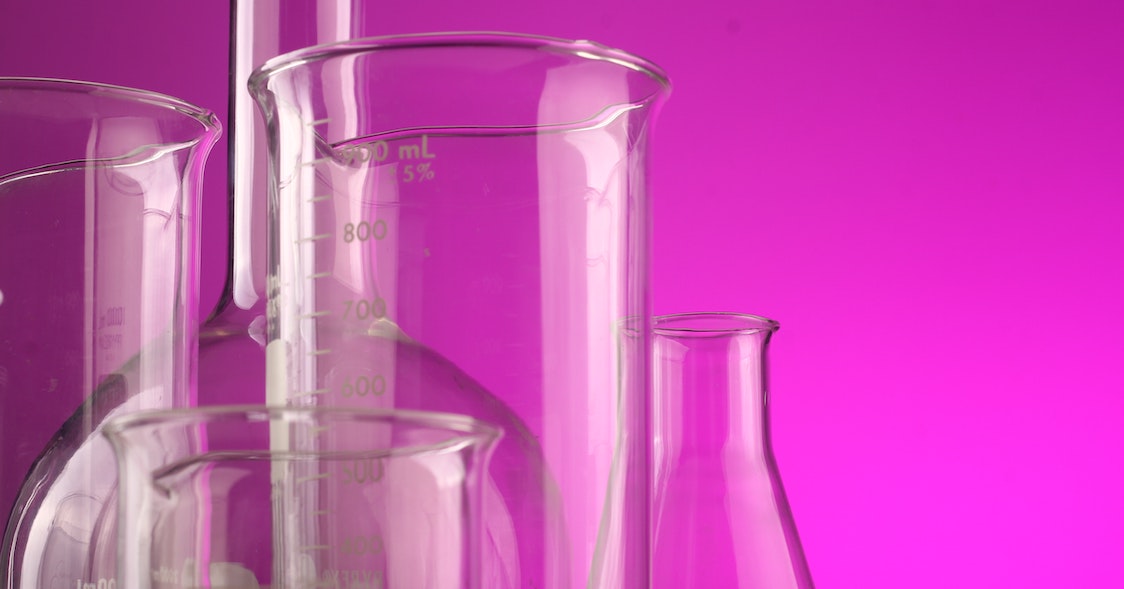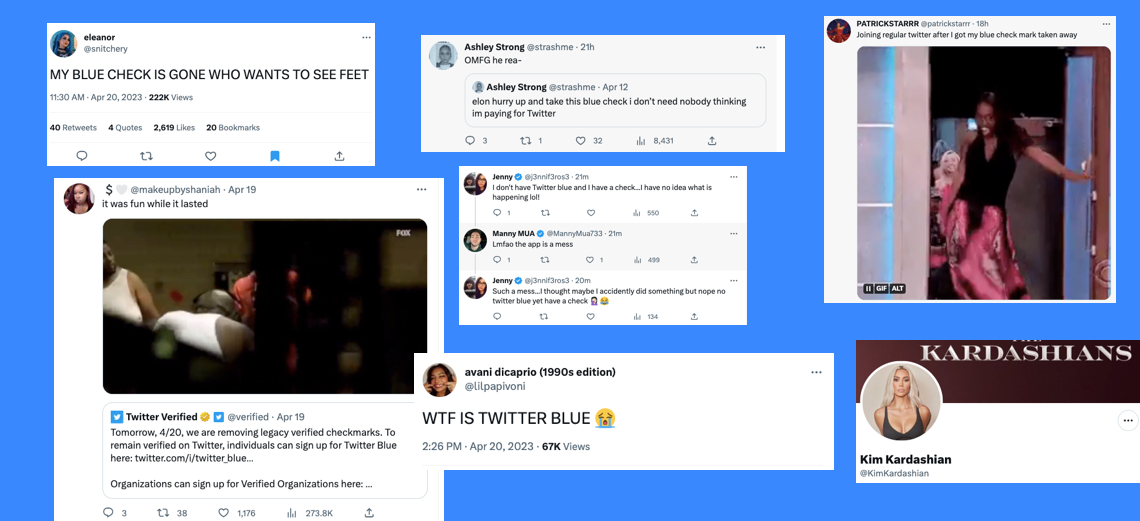Beauty & Wellness Briefing: Age longevity is beauty’s next frontier
This week, I examine the burgeoning consumer-facing longevity industry and the ways clinics are working to improve on, and eventually prevent or slow, the aging experience. Scroll down to use Glossy+ Comments, giving the Glossy+ community the opportunity to join discussions around industry topics.
Getting old is scary. But it doesn’t have to be.
Since the dawn of time, people have searched for a fountain of youth, a magical elixir or Philosopher’s stone that would grant immortality. With the promise of advanced biological sciences, humanity is tackling aging head-on. The average American life expectancy is 76.1 years, as of 2022, according to the Centers for Disease Control. But beyond simply living longer, people want to prolong their quality of life.
According to a 2013 Pew Research study, a third of adults under 50 say their health is excellent, but only 16% 65 and older say the same. And a better quality of life likely means a more positive attitude toward the future. The same Pew study found that older adults are considerably less optimistic about the future. About 71% of those under age 50 expect their lives to be better in 10 years than they are today. By contrast, only about 19% of adults age 75 and older expect their lives to be better in the future than they are today.
The beauty and wellness industries are primed to absorb longevity sciences and repackage it for consumers, as both categories have long been preoccupied with aging from a cosmetic sense. Over the past five years, the beauty industry has expanded its purview by latching onto the idea of inner-outer beauty. It’s widely accepted that someone’s physical appearance is partially dictated by how well they take care of themselves via exercise and what they do or do not eat. Now, some clinics and programs want to take a comprehensive look at people’s internal health and wellness, and partner that with internal and cosmetic therapies for optimization.
“We do not fully understand the concept of aging from a DNA point of view because you’re born and die with the same DNA, and we don’t have genes in our DNA that encode aging; we don’t have an aging gene,” said Dr. Julie Russak, M.D., a New York-based dermatologist who has studied aging. “What we call aging is, in reality, a decrease in energy production inside our cells. That’s when we start seeing aging as a process.”
Dr. Russak said the primary objectives of those studying longevity are finding methods to increase the intracellular energy inside the cells, understanding what contributes to cellular energy depletion, and finding solutions to reverse or prevent it. Russak Dermatology began its longevity program called Anti-Aging Wellness approximately five years ago, in conjunction with nutritionist Jennifer Hanway. The program costs $3,700 and consists of targeted testing for hair minerals, food intolerance, DNA methylation, gut health, general bloodwork and six health coaching sessions over 6-12 months. Dr. Russak said patients usually go through the program every two years. The listed benefits of the program include slowing premature aging, rejuvenating healthy skin, optimizing hormones and the metabolism, promoting weight loss, and increasing energy and mental clarity. Most participants are longtime Russak Dermatology patients and are perimenopausal or menopausal. However, the advent of “prejuvenation” marketing for Botox and other injectable neurotoxins has increased program participants who are under 30-years-old and looking for similar preventative treatments.
“[Russak Dermatology] is moving away from masking aging and cosmetic aging and toward more regenerative procedures,” said Dr. Russak.
Within the private investment space, anti-aging and longevity sciences have garnered huge swaths of funding. Overall, 2021 venture-backed fundraising for longevity life sciences raised $47 billion over 2,000 transactions, representing a 35% jump YoY, according to a report by law firm Orrick and Pitchbook. Companies like Altos Lab, Juvenescence, AgeX Therapeutics and Health Nucleus are all researching how to slow or reverse the aging experience, with public consumers in mind.
“We now understand a lot about the genetics and biochemistry of aging and longevity, and harnessing this knowledge therapeutically will usher in a revolution in biomedicine over the next decades,” said Sebastian Brunemeier, co-founder and general partner of 2-year-old longevity-focused investment first Healthspan Capital. “[However] personalized medicine is rather impotent, in the absence of therapeutics that reverse the damage of aging … Currently, aside from changing your diet and lifestyle, and taking some supplements, there’s not much action we can take that moves the needle.”
There are several reasons why companies would be invested in searching for a proverbial fountain of youth beyond the human fear of death, and the hefty price people are willing to pay to live longer, if not forever.
One underlying and more significant sociological concern gives greater meaning to the longevity conversation: a large aging population. According to the World Health Organization, the pace of population aging is much faster than in the past. In 2020, the number of people age 60 years and older outnumbered children younger than age 5. And between 2015 and 2050, the proportion of the world’s population over 60 years will nearly double, from 12% to 22%. Several countries, including the U.S., South Korea and Japan, have declining birth rates, setting up a domino effect for health and social systems in decades to come. With fewer young people and plenty of older people, focusing on improving aging by turning 60-years-old into the new 30-years-old comes more clearly into focus.
“People who [study] metabolic aging and intercellular energy aging will be able to change the aging process. It’s not unreasonable to say that people can live to 100 and 102,” said Dr. Russak. “But I don’t want to be 102 and be sick or look like I’m 102. I want to feel and look like a young, healthy human being.”
Other large-scale issues have contributed to the emergence of aging well programs and clinics with everyday consumers, or otherwise “healthy” people, in mind. In the U.S., many diagnostics and treatments are not covered by health insurance companies. This reduces the opportunity for personalized health care in the general practitioner’s office, despite the health-care shift toward disease prevention versus sole treatment. As such, clinics have found a chance to provide what doctors often cannot, even if it’s outside of insurance coverage. Secondly, the health-care system and the concept of health have long been dictated by men, with men serving as the default for studies and clinical trials up until 1992. Thus, personalized medicine can address women’s health and wellness needs more acutely.
Such is the case for Modern Age, a 1-year-old health and wellness clinic focused on aging. Modern Age has two clinics in New York City and offers a $500 aging wellness assessment. The assessment includes a bone density scan, a blood marker analysis, a subjective age assessment and a diagnostic review with a clinician. Notably, the blood marker analysis displays results based on what is optimal for someone based on their age and gender rather than an average benchmarked against everyone. During the review, a clinician can suggest therapies like IV infusions from Modern Age to address certain issues, such as vitamin deficiencies. But Modern Age also offers aesthetic services like microneedling and chemical peels, offering a comprehensive inner-outer beauty and wellness menu. Modern Age raised $27 million in a Series A fundraise in Oct. 2021.
Melissa Eamer, founder and CEO of Modern Age, said patients are introduced to the clinic via social media, search engines and word-of-mouth, plus it sees foot traffic from its Manhattan locations. Eamer said she initially expected most people to come in seeking skin treatments because such services are generally well understood. However, she found that people typically come in to address specific wellness issues, like loss of energy or mental clarity. They want a more personalized treatment and assessment than what they receive from their general practitioner. She said the majority of patients are women and ages 35-45. The Aging Wellness Assessment is one of the most popular services, along with the IV drip for stress and IV Drip for immunity. Modern Age has not explored what percentage of clientele opt for both internal and cosmetic treatments.
“We lean more toward personalized health, but we try to connect the dots across all the different specialties of holistic [wellness], inner and outer [beauty and] health, and mental health,” said Eamer.
Eamer said she is optimistic that, in the 5-10 years, several medical interventions will come to market to help slow down the pace of aging, from a biological perspective. Over the next 12 months, Modern Age will likely add more tests and treatments addressing metabolic health, focusing on anti-inflammation.
Ultimately, the focus of all these various longevity companies is extending the number of years of healthy living, with the long-term goal of making people live longer.
“The earlier you understand [age-related] patterns and what’s going on, the better equipped you are to address them,” said Eamer. “Our goal is to make people more optimistic. There can be joy in how you age, if you take more control over it.”
Inside our coverage:
Kristin Bell’s Happy Dance CBD company shutters.
Everyone is talking about the Tarte Dubai influencer trip.
Walmart positions itself as the go-to retailer for indie brands.
What we’re reading:
Beauty brands bet on collectible items.
Pattern Beauty debuts dryer for textured hair.
AS Beauty acquired Bliss.





